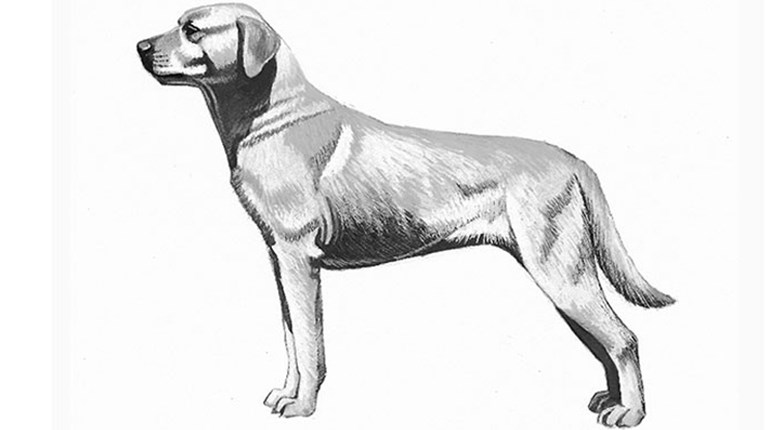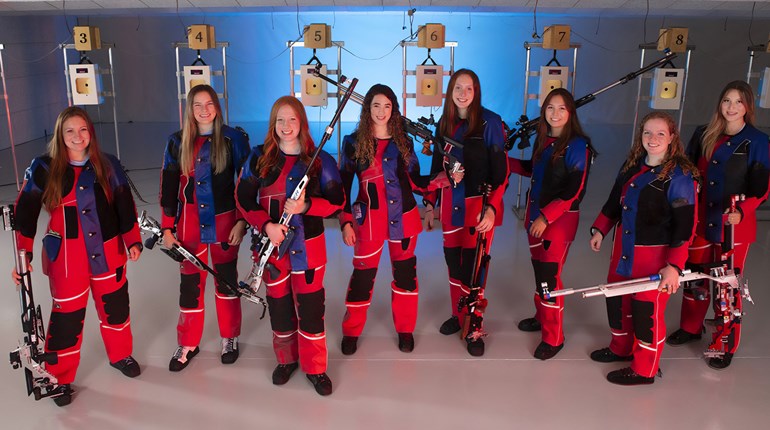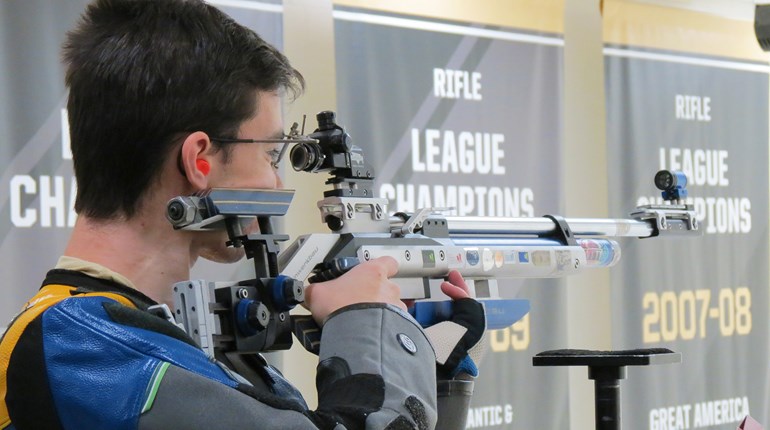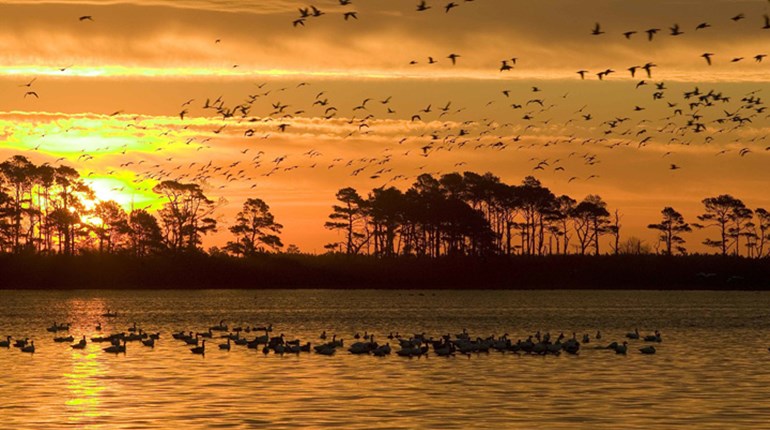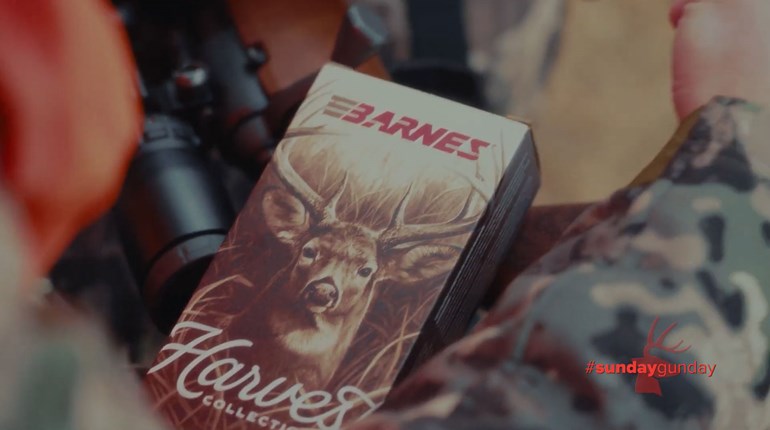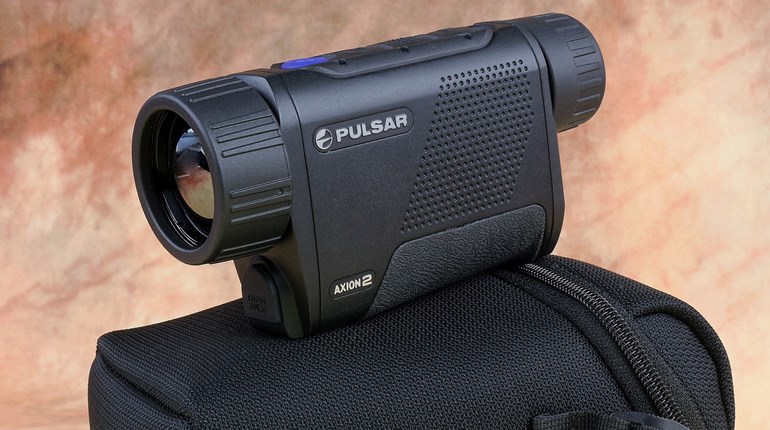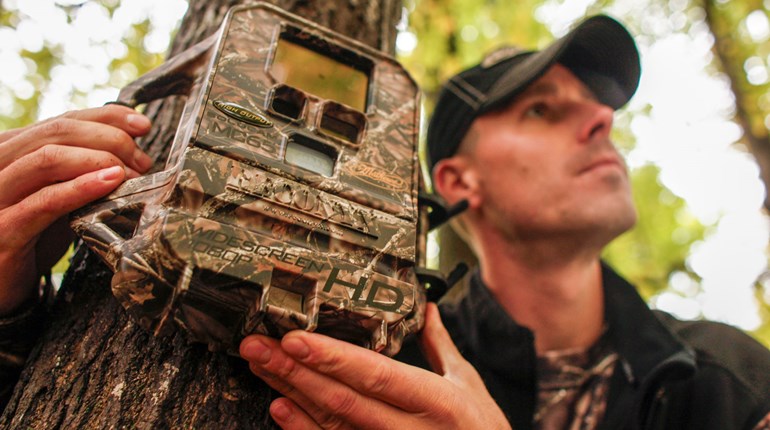We continue our countdown with ducks 17 to 11. As you’ll recall from Part I, points for this admittedly subjective scoring system are devised thusly: Difficulty (10), in terms of decoy shyness, reaching the ducks’ preferred habitats, population scarcity and wingshooting challenge; table quality (5); beauty (5); and style in flight (5).
Part I Recap:
25. American Coot
24. Merganser (Common, Red Breasted, Hooded)
23. Ruddy Duck
22. Northern Shoveler
21. Bufflehead
20. Ring-necked Duck
19. Gadwall
18. Green-Winged Teal
Now, on to Part II:
17. Scaup (Greater, Lesser)
Difficulty: 6
Table Quality: 3
Beauty: 3
Style: 5
The difficulty rating for scaup is a mixed bag of sorts. There are certainly more challenging birds to decoy—in my estimation, the low, direct trajectory that “bluebills” assume in flight negates their ability to spot hunters from above. However, the larger waters they inhabit tend to require more specialized hunting rigs than the previous ducks on our countdown. And, though scaup decoy readily, they do so like 16-ounce rockets, challenging even the best shots with their speed, style and grace. In short, nothing decoys with quite the enthusiasm of a bluebill, and I love them for it.
16. Common Goldeneye
Difficulty: 7
Table Quality: 2
Beauty: 4
Style: 4
The cavity-nesting common goldeneye is a real challenge for most hunters to find over the decoys. On the Pacific coast, it migrates from the Aleutian Chain to Florida, while on the Atlantic Flyway it migrates from Newfoundland as far south as Florida. However, for hunters in the interior United States, the best bets are the Mississippi and Snake rivers. The bird scores style points thanks to its distinct sound in flight, which has earned it the nickname “whistler.” It’s also dressed in beautiful plumage, but a challenge on the table thanks to a steady diet of invertebrates.
15. Scoter (Common, Surf, White Wing)
Difficulty: 9
Table Quality: 2
Beauty: 3
Style: 3
If you want to reach the potentially rough, brackish rivers and bays where scoters flock, you better have some specialized equipment. The salt spray is tough on boats; tough on guns; tough on hunters’ souls. But the rewards are great. Scoters are subtly beautiful birds. I especially appreciate the surf’s almost parrot-like, specialized bill used to crack shellfish, though the white wing is regarded by many as the truest trophy. To take all three scoters in one day is one of waterfowling’s best earned “slams.” The birds are as tough to kill as they are to reach—never be afraid to shoot twice.
14. Blue-Winged Teal
Difficulty: 6
Table Quality: 5
Beauty: 3
Style: 4
I’ve found the most difficult aspect of bagging blue-winged teal to be their unpredictability. For many in northern climates, they’re here one minute and off to Louisiana the next. Such is their fickle nature when it comes to even the hint of a cool September front. When I am able to locate a flock that’s polite enough to stick around, they aren’t all that difficult to decoy with a spread of hen mallards. Bluewings would perhaps earn a perfect beauty score if they could be shot during the spring, after the drakes have traded drab plumage for lovely crescent face patches. Like all teal, they are wonderful on the table.
13. Redhead
Difficulty: 7
Table Quality: 4
Beauty: 4
Style: 3
Redheads are similar to scaup in their willingness to decoy, but their beauty and relative scarcity (there are about five times more scaup than redheads) raises their trophy status. I also consider the redhead the most underrated diver in terms of table fare. Only the canvasback, to my palate, surpasses it. Back when I lived outside of Washington, D.C., I grilled up a plate of redheads at a party attended by some rather snooty female law students. After they sucked down platter No. 1 and inquired as to what kind of delicious beef they’d just eaten, it was my pleasure to inform them they’d just ingested wild ducks.
12. Wood Duck
Difficulty: 5
Table Quality: 5
Beauty: 5
Style: 4
Wood ducks are one of North America’s most common, widely distributed and popularly harvested ducks. They don’t decoy well and are quick to flee pressure, but a good wood duck hole can result in fun, consistent shooting. These lovely, green-crested birds are the epitome of beauty. And those that have fed on acorns may just be the tastiest ducks on two legs.
11. Long-Tailed Duck
Difficulty: 9
Table Quality: 1
Beauty: 5
Style: 4
The long-tailed duck was formerly known as the “old squaw” until renamed to conform to political correctness by someone with no flair for creativity. It is far too graceful in flight, challenging on the wing and uniquely gorgeous to focus merely on its “long tail.” If it were up to me, this bird would be renamed the “saltwater pintail” to better allude to its style and proper trophy status. Whatever you choose to call them, long-tails are prized ducks, difficult to decoy, and a welcome bonus to any day of sea duck hunting.
Check back next month when we reveal the top 10!












